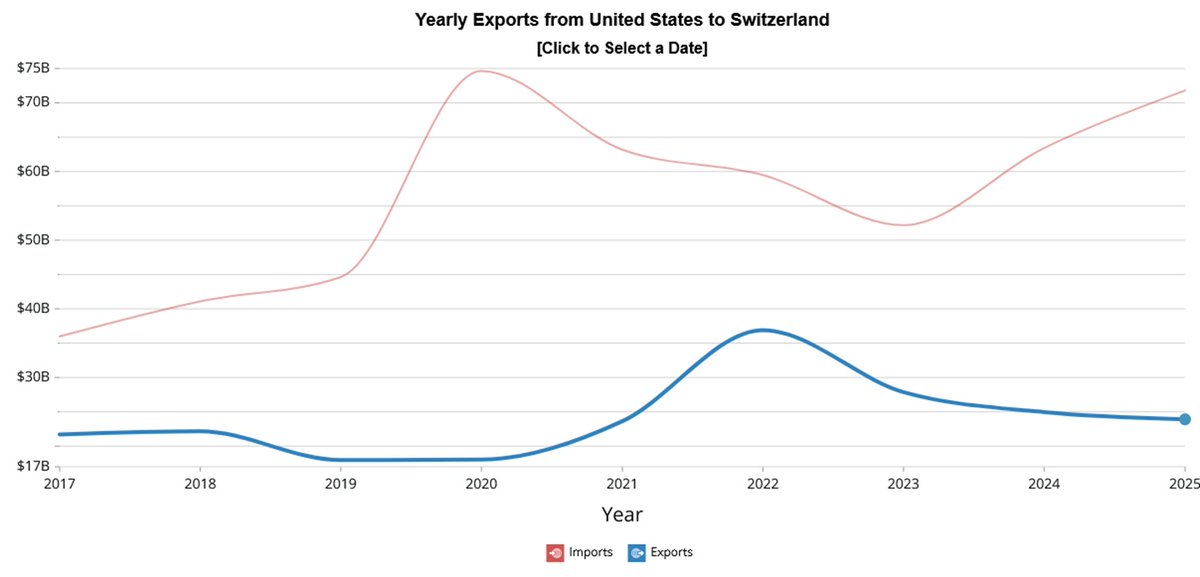EU Covid data make a strong case for vaccines (among others), i.e Moderna, BionTech / Pfizer, AstraZeneca and J&J.
Short thread.
Short thread.
EU is 69% vaccinated, starting mid January 2021.
648m doses were adminstrated, 308m vaccinations completed on a total population of 447m.
It had 3 waves, with 9.4% death in first, 1.83% in 2nd & 0.84% death in percentage of Covid-19 cases in the current wave.
2/...
648m doses were adminstrated, 308m vaccinations completed on a total population of 447m.
It had 3 waves, with 9.4% death in first, 1.83% in 2nd & 0.84% death in percentage of Covid-19 cases in the current wave.
2/...

Take Germany with a population of 83m, Europe's largest. It currently goes through a record Delta case wave (Omicron only just arrived), but so far it only had 0.48% death on 2.4m cases in 3rd wave. How was this for the first two waves?
3/...Source: Bloomberg
3/...Source: Bloomberg

Quite different! Vaccine works. But not just vaccine. Clearly, the quality of the medical support matters too as we illustrated below.
4/...
4/...

Now Portugal: It is 87% vaccinated, EU's best rate. Below the approved vaccine makers for Portgual which are the exact same as for Germany and the EU at large. Of course, countries may administrate different mixes for the below, subject to availability.
5/...
5/...

What are the results for Portugal so far? It has a slightly higher death rate of 0.60%, despite a 19% higher vaccination rate. So clearly, the medical system and potentially other factors (statistics; population health; etc) matters at the margin too.
6/...
6/...

Now Romania with a population of 20m. It has a vaccination rate of only 39% (only BUL is lower) & just completed a Delta wave. The result?
3.23% dealth rate! Also note, ROM is known for its lagging healthcare system which is why the EU had to emergency assist in October.
7/...
3.23% dealth rate! Also note, ROM is known for its lagging healthcare system which is why the EU had to emergency assist in October.
7/...

Meanwhile, Poland - another Eastern European member - has the exact same case count (so far) with its ongoing Delta wave but "only" 1.3% death rate so far.
Why? Well, one reason is its 55% vaccination rate vs Romania's 38%. Note: Poland has 38m people.
8/...
Why? Well, one reason is its 55% vaccination rate vs Romania's 38%. Note: Poland has 38m people.
8/...

My final example (but the message is true for all EU member state) is Finland. It has a population of 5.5m with a 76% vaccination rate and a sold healthcare system. It also goes, like most EU countries, through a record Delta wave right since 3 weeks. The result so far?
9/9 Thx
9/9 Thx

• • •
Missing some Tweet in this thread? You can try to
force a refresh

















